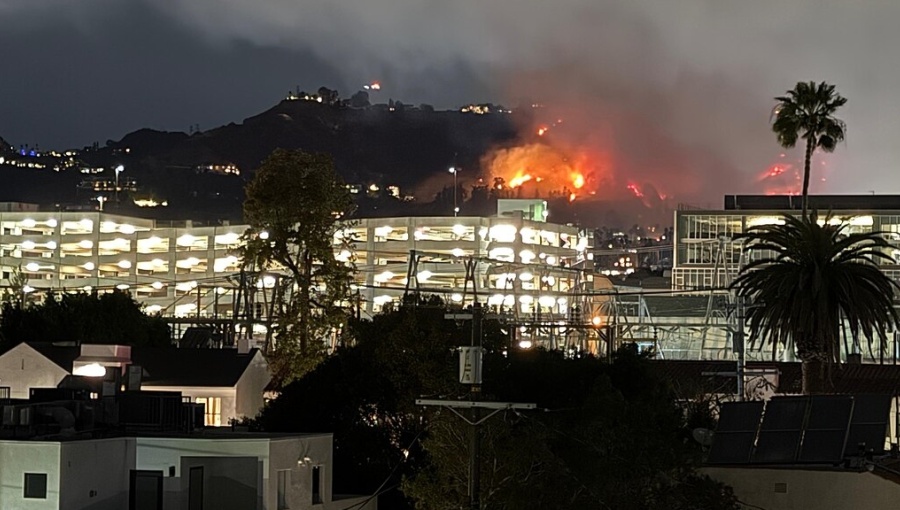The climate crisis is pushing California’s destructive wildfire season earlier — by weeks

Wildfire season in California is starting earlier than it used to — in some parts of the state, by more than 10 weeks compared with the 1990s — and scientists say climate change is a major reason why.
A new study by scientists at the University of California at Los Angeles finds that in most of California, the onset of wildfire season is happening at least a month earlier than it did three decades ago. In the state’s northern mountain regions, the shift has been even more dramatic.
Atmospheric scientists Gavin Madakumbura and Alex Hall, two of the study’s authors, examined how rising temperatures are influencing this change and why it’s expected to continue.
“Over the past three decades, California has seen a trend toward more destructive wildfire seasons, with more land burned, but also an earlier start to fire season,” the researchers told The Conversation. “We wanted to find out how much of a role climate change was playing in that shift to an earlier start.”
The team analysed hundreds of thousands of fire records from 1992 to 2020, tracking when fire season began in each region as temperatures rose and vegetation dried. While previous studies have documented changes in wildfire timing in the western US, this research pinpoints the main drivers and measures their impact.
The findings show that human-caused climate change advanced California’s fire season by six to 46 days across most of the state between 1992 and 2020. In some regions, such as the northern mountains, the typical summer fire season — which usually began in May or June — now starts about two and a half months earlier.
The researchers warn that this pattern is unlikely to reverse. As warming trends continue, California will likely face longer fire seasons, increasing the amount of land that can burn. The results also carry implications for other wildfire-prone parts of North America.
Several factors influence long-term wildfire activity: the amount of burnable vegetation, the number of ignition sources such as power lines, and how dry the fuel is — known as fuel aridity.
“We found that fuel aridity, which is controlled by climate conditions, had the strongest influence on year-to-year shifts in the timing of the onset of fire season,” the researchers noted. While fuel levels and ignition sources contribute to fires overall, they did not drive the earlier start, they said.
To isolate climate change’s impact, the team separated natural fluctuations — like wetter or drier years — from human-caused warming. They found that increased temperatures and higher vapour pressure deficit (a measure of how dry the air is) are the main ways climate change is pushing fire season earlier.
Warmer, drier years make vegetation more flammable sooner. Over time, the gradual warming and drying caused by climate change is consistently advancing fire season.
The northern mountains have experienced the biggest shifts. Historically, winter snowpack kept soil and forests moist into summer, delaying fire risk. But warmer years melt the snow earlier, drying vegetation faster.
“The reason climate change has a stronger impact in mountain regions is that snowpack is highly sensitive to warming,” the researchers explained. “And when it melts sooner, vegetation dries out sooner.”
In contrast, drier regions like California’s desert eco-regions are more influenced by changes in precipitation than temperature. Detecting climate change’s impact there is harder because rainfall varies so much year to year.
However, if warming-driven shifts in precipitation patterns become more pronounced, its influence could become clearer in these regions as well, they said.


Follow us online